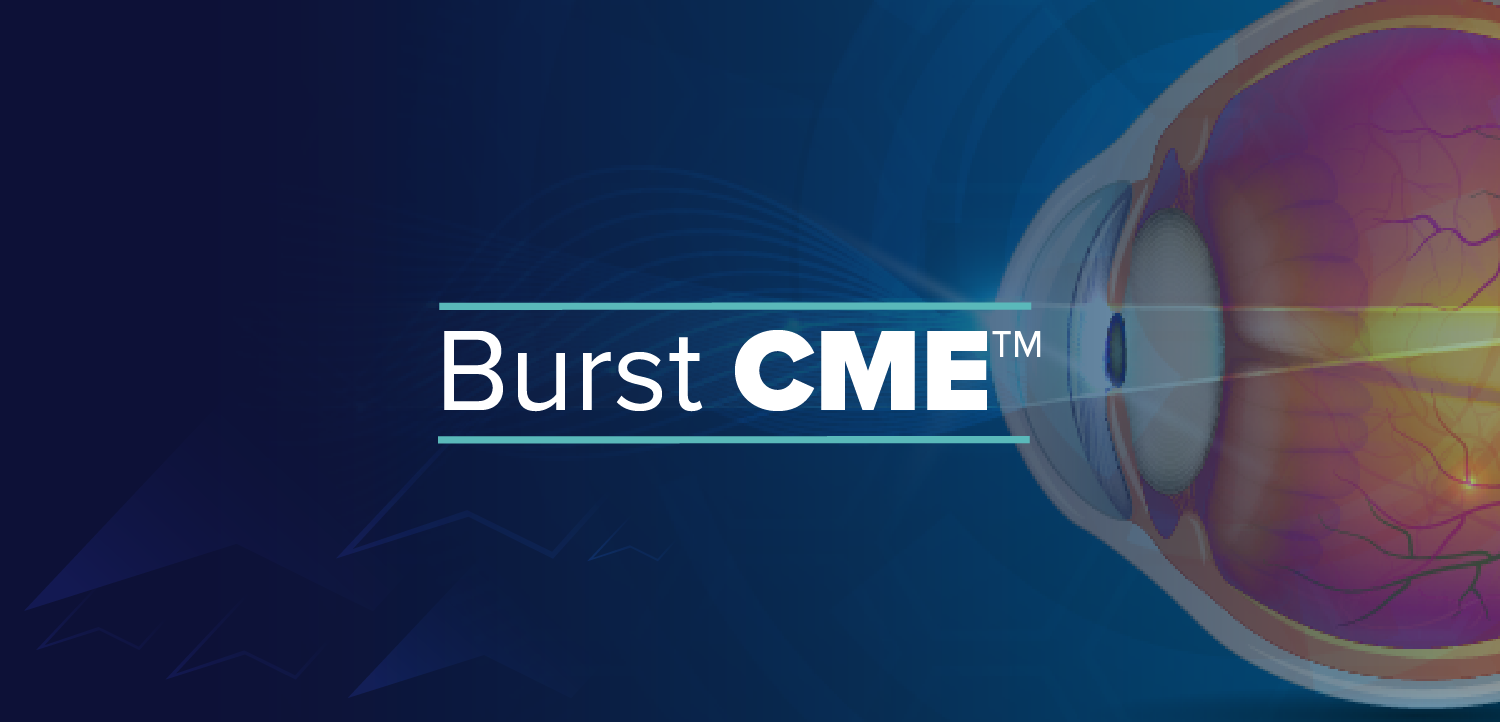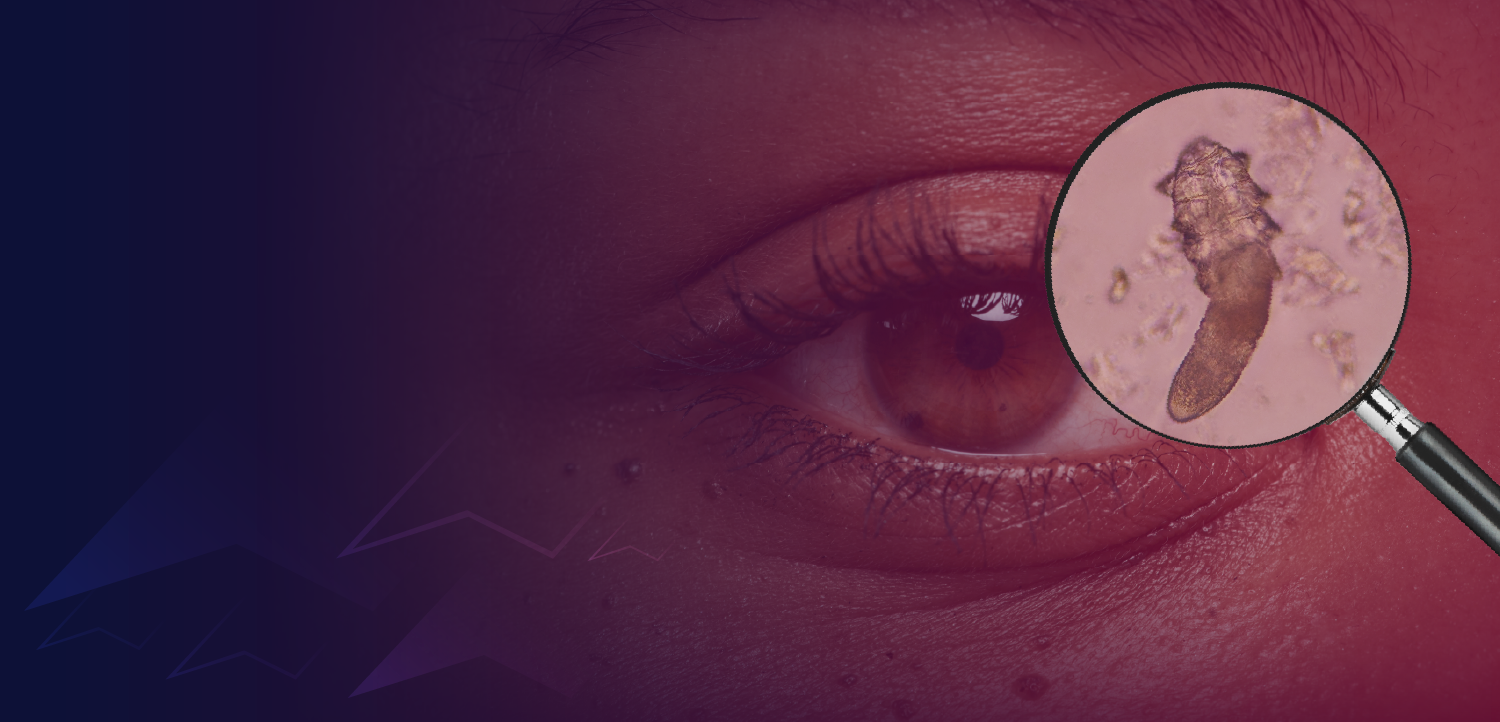
- Modern Retina Jan and Feb 2025
- Volume 5
- Issue 1
The pearls and pitfalls of AI for managing geographic atrophy
Artificial intelligence (AI) is fast developing into an indispensable tool for managing patients with geography atrophy (GA) by facilitating individualized care. However, more refinements to the technology are required. Marie Louise Enzendorfer, MD; and Ursula Schmidt-Erfurth, MD, looked closely at AI’s contributions to this patient population in their recent review of the topic.1
The authors are from the Laboratory for Ophthalmic Image Analysis, Department of Ophthalmology and Optometry at the Medical University of Vienna in Austria.
“…AI provides a potential solution to the need for optimized screening in order to detect age-related macular degeneration–related changes in time for early treatment and prior to the vision-threatening stages of the disease,” they commented.
The key points of their review are as follows:
- A need exists to optimize the screening and monitoring for GA and the application of AI to enable accurate detection in the real world. “This is especially relevant with the recent breakthrough approvals for the first 2 GA treatments,” Enzendorfer and Schmidt-Erfurth said. Those drugs are pegcetacoplan (Syfovre; Apellis Pharmaceuticals, Inc) and avacincaptad pegol (Izervay; Astellas Pharma US, Inc).
- AI for automation of GA segmentation using different imaging modalities is objective and reliable for detecting subclinical disease-specific features.
- Optical coherence tomography (OCT) combined with AI algorithms “can be considered a breakthrough for monitoring the integrity of retinal layers associated with GA,” the authors noted.
- A valuable biomarker for monitoring GA and predicting progression is measuring the integrity of the ellipsoidal zone using AI algorithms. However, current methods for assessing the ellipsoidal zone are OCT dependent. This makes it challenging to achieve precision because of the various levels of signal-to-noise ratio.
- The first algorithm for GA monitoring (RetInSight) was approved in Europe and is considered a major step toward ushering precision medicine into patient management. The device is approved for investigational use in the US.
An essential step for the use of AI is validation. “Validating AI tools with real-world data is crucial for the integration of the technology and for the transition from the experimental stage to their application as clinical decision support tools. For AI tools to be able to contribute to precision medicine in an equitable way, they need to be tailored to the complexities of more diverse patient populations. Evaluating AI tools on large-scale data sets from more diverse populations is thus the next step required. However, often large data sets are not integrated or standardized, making accurate evaluation challenging,” Enzendorfer and Schmidt-Erfurth emphasized. •
Reference
1. Enzendorfer ML, Schmidt-Erfurth U. Artificial intelligence for geographic atrophy: pearls and pitfalls. Curr Opin Ophthalmol. 2024;35(6):455-462. doi:10.1097/ICU.0000000000001085
Articles in this issue
9 months ago
Transforming preinjection protocols9 months ago
CVI definition: A work in progress9 months ago
Where might AI be heading?9 months ago
The power of home monitoringNewsletter
Keep your retina practice on the forefront—subscribe for expert analysis and emerging trends in retinal disease management.
















































